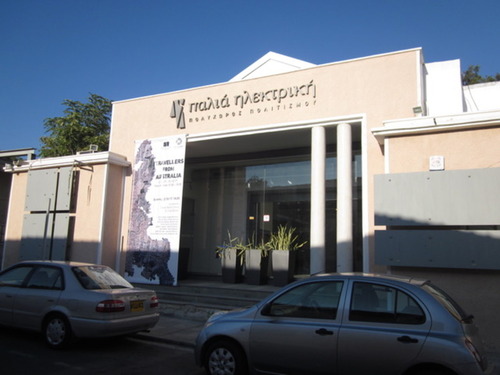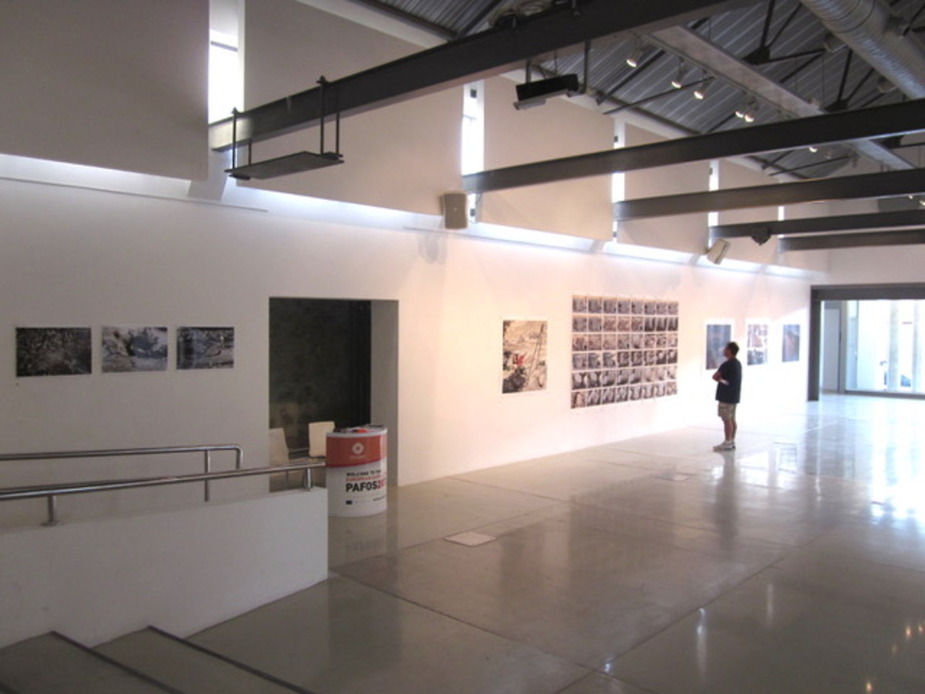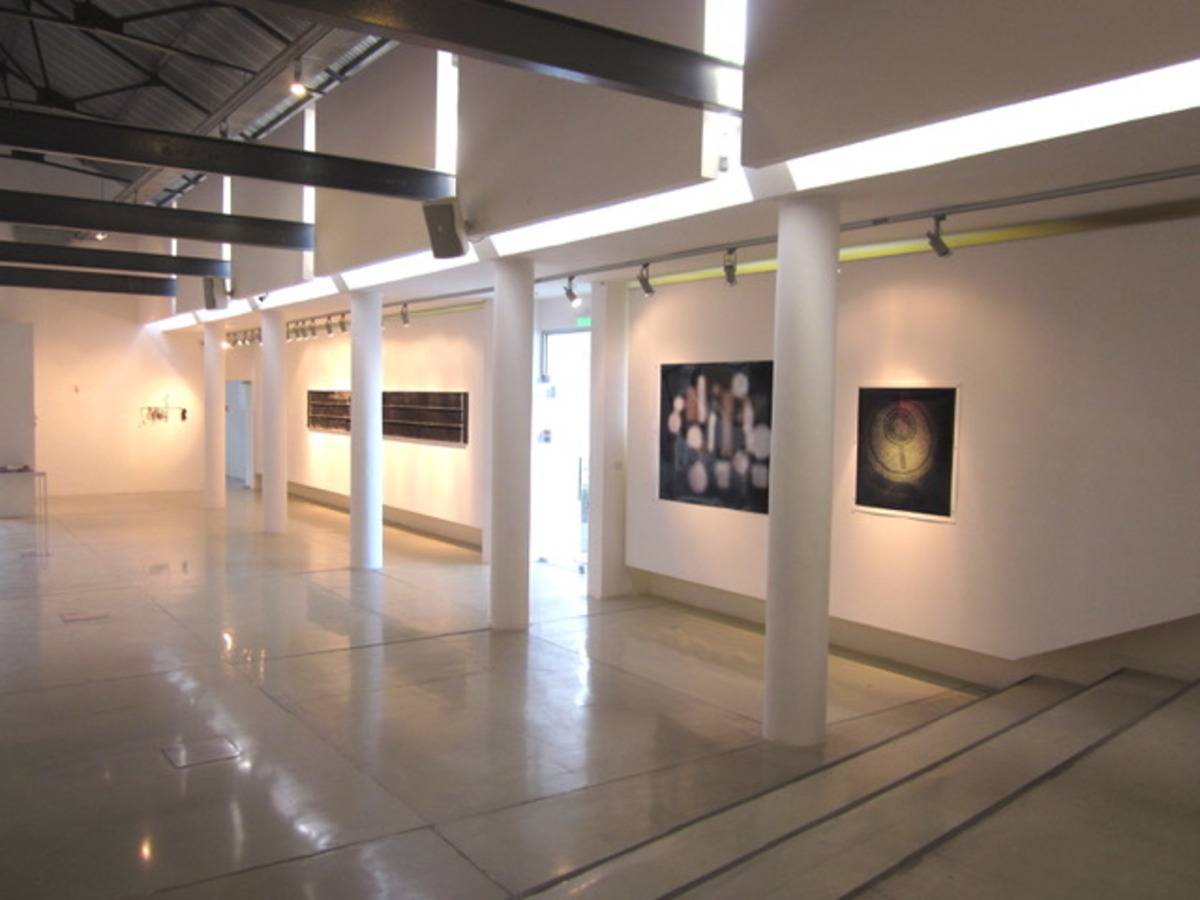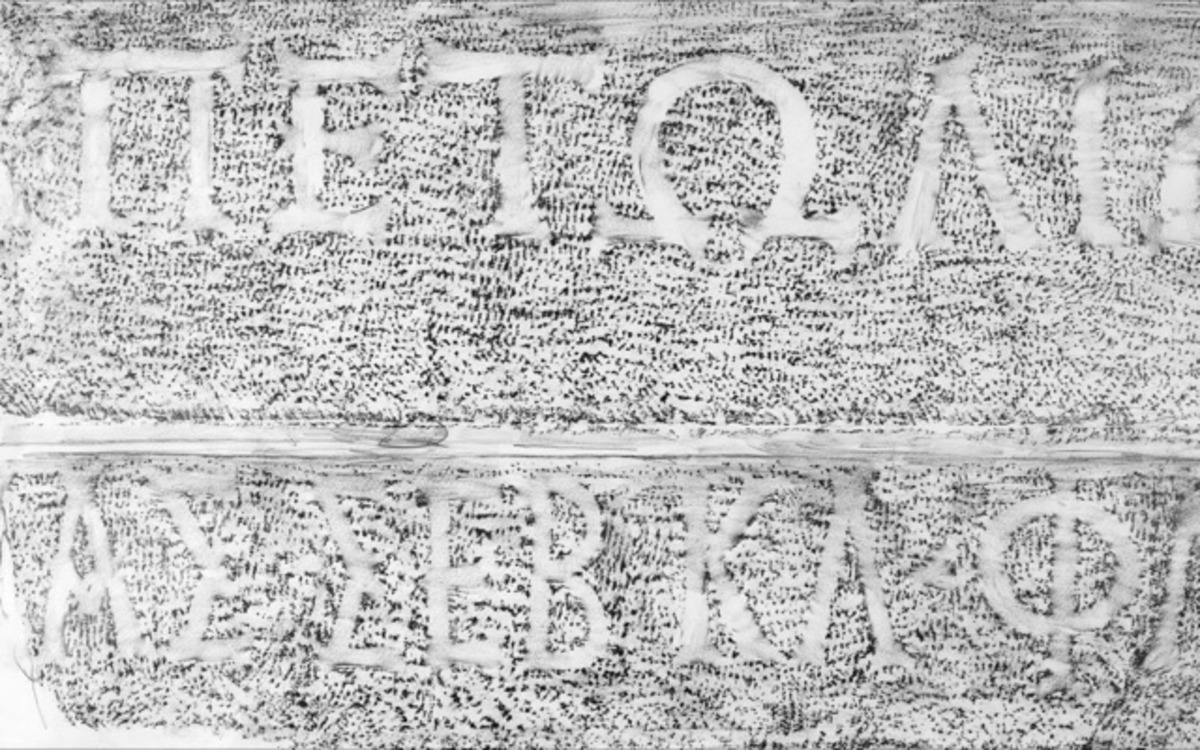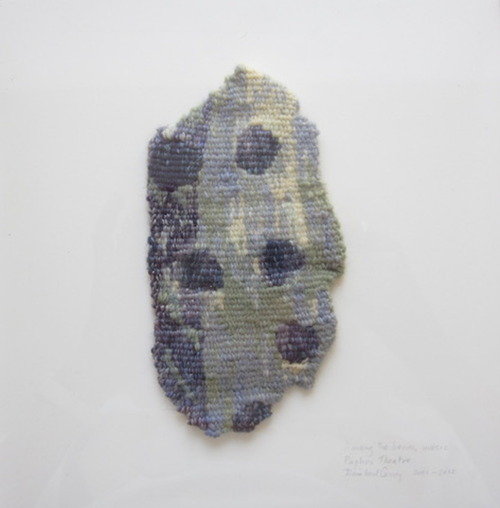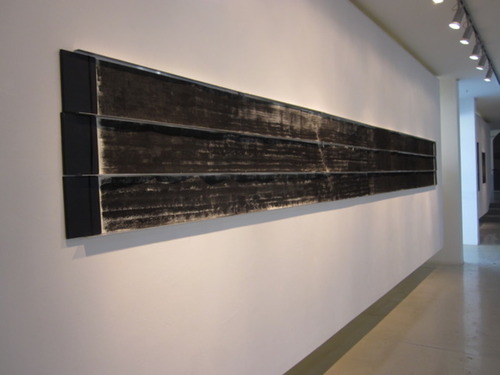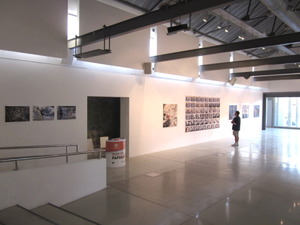Take Time Craft ACT 2019
 Sunday, March 15, 2020 at 6:12AM
Sunday, March 15, 2020 at 6:12AM 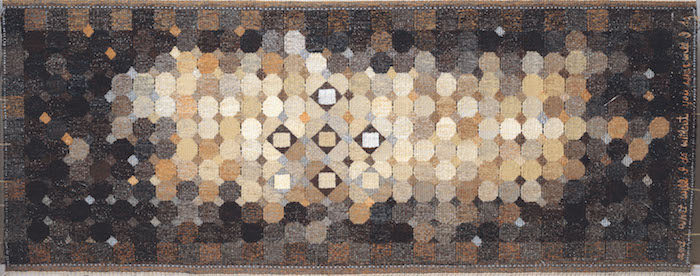
Earth Archive 11: from Soli, Cyprus Woven tapestry with wool, cotton, silk, linen and metallic yarn 62cm x160cm 2017.
Documenting Soli: Earth Archive 11 Drawing on gesso on paper. Plant dyes, earth and ash pigments from the Paphos theatre excavation, Cyprus 62cm x 160cm. $2500
Artist statement
Diana Wood Conroy has been a tapestry weaver since the 1970s, and her research interests now combine archaeology and contemporary visual cultures, especially Aboriginal ways of relating to country. She has been involved with Yolngu and Tiwi art exchanges over many years. Her study of ancient art (fresco, mosaic and textiles) in Cyprus and Greece since 1996 informs her creative work in tapestry and drawing. Her work is held in national and international collections.
A story from Diana: Once just after my mother had died, I saw the fragments of a marble cut floor or opus sectile, in a ruined basilica of Soli, an ancient city of Cyprus. These marble fragments had formed a path for pilgrims moving on hands and knees down the aisle, looking for redemption. The pieces were worn and patched. I did a drawing at the time and this became the basis for larger drawings. I using dark grey earths I’d sourced from ash layers from the Hellenistic theatre site where I was working, as well as pomegranate dyes from my garden in the Illawarra and fibre from local sheep and alpaca. The drawing became gradually translated into a tapestry, using more pomegranate dye on handspun wool, as well as metallic yarn and silk. The process of weaving is a comfort. The text is from the American writer Marilynne Robinson’s 2014 novel Lila, “What will I do without her, what will I do?”
Through being in ancient places in Australia and Greece or Cyprus I have learnt a sense of time in the two meanings of Chronos and Kairos.
